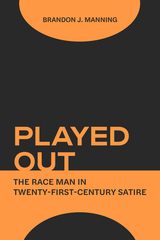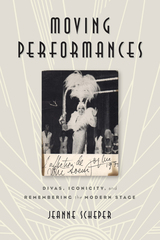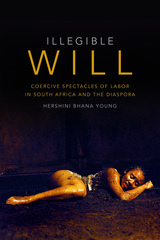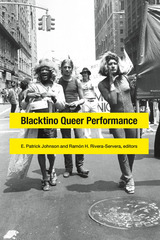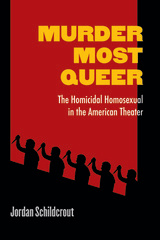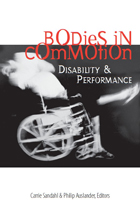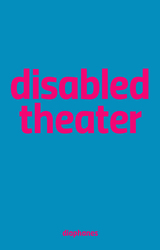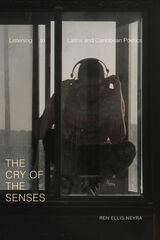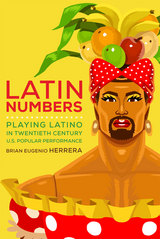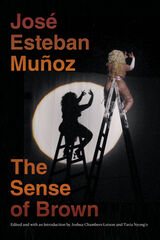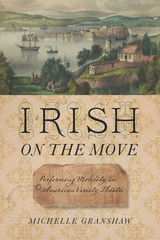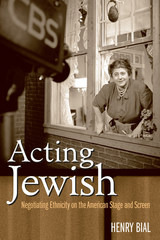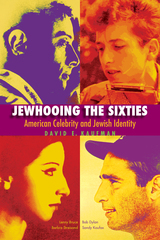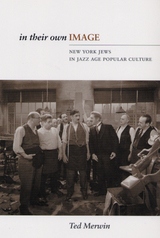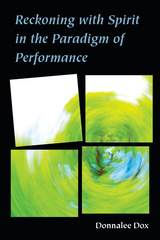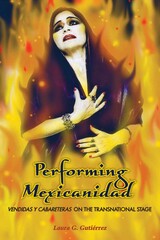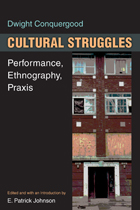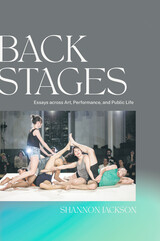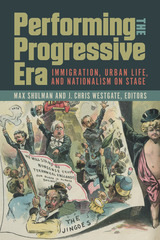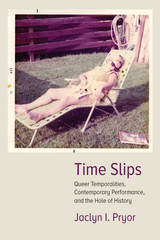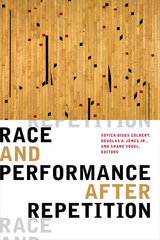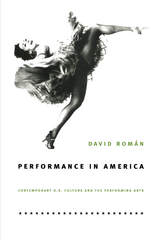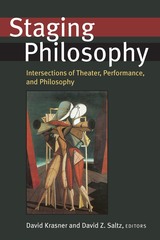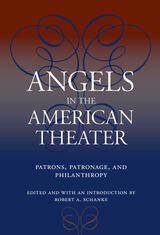Acting Jewish: Negotiating Ethnicity on the American Stage and Screen
University of Michigan Press, 2005
Paper: 978-0-472-06908-8 | Cloth: 978-0-472-09908-5
Library of Congress Classification PN1590.J48B53 2005
Dewey Decimal Classification 791.089924073
Paper: 978-0-472-06908-8 | Cloth: 978-0-472-09908-5
Library of Congress Classification PN1590.J48B53 2005
Dewey Decimal Classification 791.089924073
ABOUT THIS BOOK | AUTHOR BIOGRAPHY | REVIEWS | TOC | REQUEST ACCESSIBLE FILE
ABOUT THIS BOOK
The history of the American entertainment industry and the history of the Jewish people in the United States are inextricably intertwined. Jews have provided Broadway and Hollywood with some of their most enduring talent, from writers like Arthur Miller, Wendy Wasserstein, and Tony Kushner; to directors like Jerome Robbins and Woody Allen; to performers like Gertrude Berg, John Garfield, Lenny Bruce, and Barbra Streisand. Conversely, show business has provided Jews with a means of upward mobility, a model for how to "become American," and a source of cultural pride.
Acting Jewish documents this history, looking at the work of Jewish writers, directors, and actors in the American entertainment industry with particular attention to the ways in which these artists offer behavioral models for Jewish-American audiences. The book spans the period from 1947 to the present and takes a close look at some of America's favorite plays (Death of a Salesman, Fiddler on the Roof, Angels in America), films (Gentleman's Agreement, AnnieHall), and television shows (The Goldbergs, Seinfeld), identifying a double-coding by which performers enact, and spectators read, Jewishness in contemporary performance-and, by extension, enact and read other minority identities. The book thus explores and illuminates the ever-changing relationship between Jews and mainstream American culture.
"Fascinating and original . . . Bial's command of sources is impressive, and his concept of 'double-coding' is convincing . . . the book should have no trouble finding a large audience."
-Barbara Grossman, author of Funny Woman: The Life and Times of Fanny Brice
Acting Jewish documents this history, looking at the work of Jewish writers, directors, and actors in the American entertainment industry with particular attention to the ways in which these artists offer behavioral models for Jewish-American audiences. The book spans the period from 1947 to the present and takes a close look at some of America's favorite plays (Death of a Salesman, Fiddler on the Roof, Angels in America), films (Gentleman's Agreement, AnnieHall), and television shows (The Goldbergs, Seinfeld), identifying a double-coding by which performers enact, and spectators read, Jewishness in contemporary performance-and, by extension, enact and read other minority identities. The book thus explores and illuminates the ever-changing relationship between Jews and mainstream American culture.
"Fascinating and original . . . Bial's command of sources is impressive, and his concept of 'double-coding' is convincing . . . the book should have no trouble finding a large audience."
-Barbara Grossman, author of Funny Woman: The Life and Times of Fanny Brice
See other books on: American drama | American Stage | Jews in literature | Jews in motion pictures | Screen
See other titles from University of Michigan Press
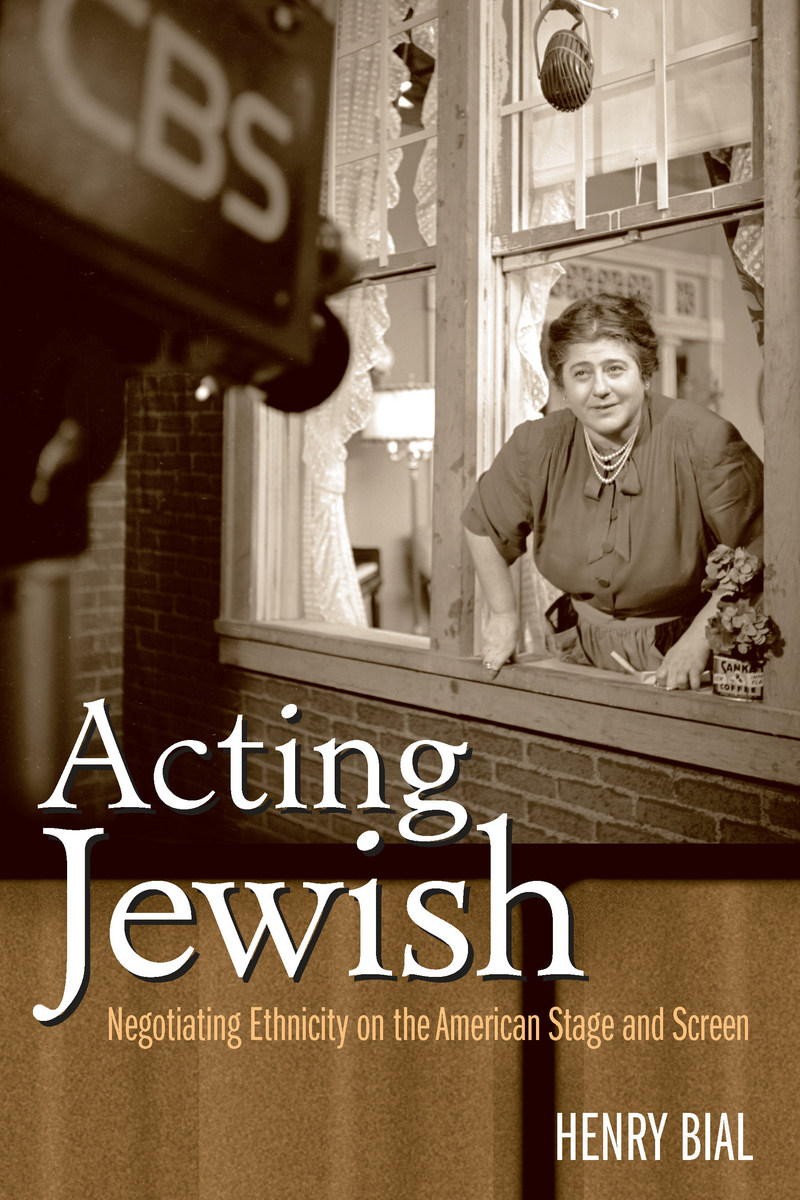
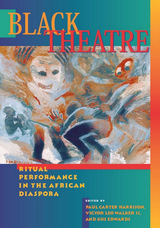
![The Problem of the Color[blind]: Racial Transgression and the Politics of Black Performance](https://www.bibliovault.org/thumbs/978-0-472-02792-7-thumb.jpg)
